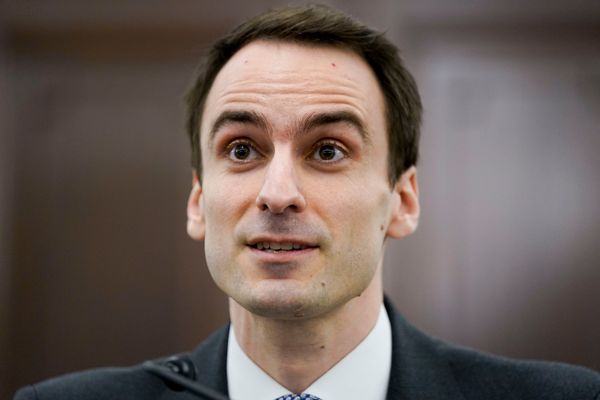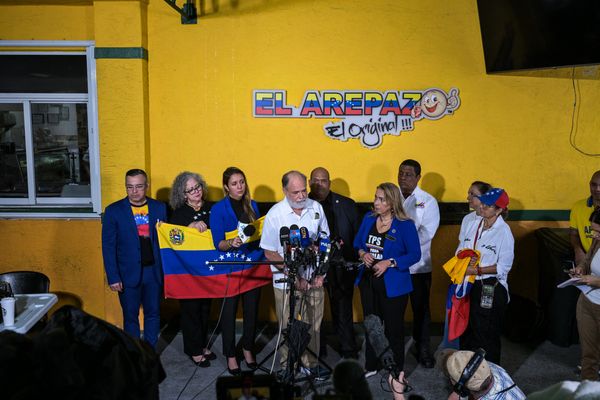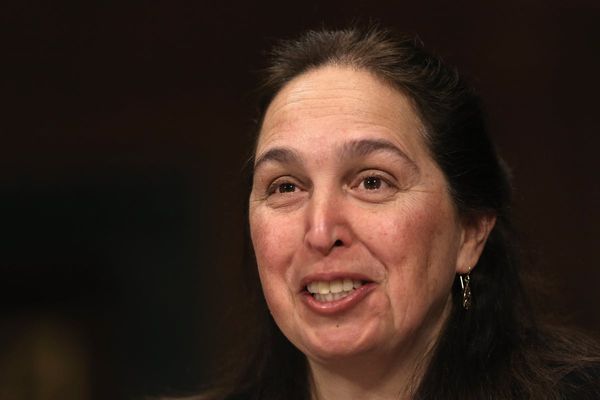
The federal government has revealed a new bargaining chip in the gamble to bring big tech back to the table with news publishers.
The “news media bargaining incentive” is essentially a new levy issued by the Australian Tax Office to digital platforms. Platforms that renew or initiate deals with news publishers to pay for news content will be able to offset the levy.
Platforms that refuse to come to the bargaining table will still have to pay – regardless of whether they host news content on their sites.
Assistant Treasurer Stephen Jones and Communications Minister Michelle Rowland suggested at a media conference on Thursday that this will leave organisations such as Meta and Google with a bill far larger than if they had simply entered into agreements.
‘Four-dimensional chess’
The incentive aims to bolster the Morrison government’s 2021 news media bargaining code. That scheme gave the federal treasurer the power to “designate” an eligible digital platform to enter into a commercial agreement with news publishers to pay for news content appearing online.
A review of the code in 2022 suggested the legislation was a success without ever having been enacted. The threat of designation prompted Meta and Google to make 34 deals amounting to more than A$200 million across the media sector.
Google has extended the deals it struck. But earlier this year, Meta announced it would not renew any of the 13 deals it made three years ago with Australian news media companies. Those deals were worth millions of dollars.
The federal government was left with a conundrum. Should it designate platforms and risk what has happened in Canada, where Meta responded to government pressure to pay for journalism by simply removing all Canadian news content from its platforms? Or should Australia take a different approach?
Jones has admitted to playing the equivalent of “four-dimensional chess” to figure out the government’s next move.
No doubt he and Rowland were playing with one eye on Canada, where the government played hardball – and lost.
What happened in Canada?
Canada’s Online News Act, Bill C-18, was billed as the legislation that “learned the lessons” of Australia’s news bargaining code.
The Australian code was criticised for not immediately designating digital platforms, which essentially allowed platforms to pick and choose which publishers they negotiated with – meaning small or niche publishers largely lost out of funding.
Instead, the Canadian government insisted its Online News act would be the first legislation to compel Meta and Google to pay for third-party news content on their sites.
But the strongarm tactics didn’t work.
The legislation was only hours old before Meta announced it would simply block Canadians from accessing and sharing news on all of its platforms.
While the Canadian government was able to bring Google back to negotiations, Meta has used Bill C-18 as a global example to other governments considering similar legislation. It has made good on its threat to pull news content from its sites.
The effects on the Canadian news industry have been widely felt.
Most Canadian news publishers have reported disastrous declines in online traffic, audience engagement and overall revenue, traced back to bans on news content on Facebook.
The Canadian Media Ecosystem Observatory reported that one year after Meta blocked news access on Facebook and Instagram for Canadian users, about one third of small, local news providers are now inactive online.
But the big loss for public interest journalism in Canada is that news consumption overall has fallen. Many Canadians are not replacing the news they’d previously consumed via Facebook by seeking out news elsewhere.
In the face of such dire consequences for public interest journalism, the Australian federal government chose a business incentive approach.
Will the incentive work?
Crucially, the incentive charge announced on Thursday applies to digital platforms regardless of whether they host news content.
That means digital platforms would pay more if they did not enter into agreements with news publishers – or they would have to consider the economic value of pulling their entire operations from Australia to avoid paying the levy.
The federal government is rolling the dice on a “designation-like” scheme, with the sweetener of ensuring big tech can offset their deals with Australian news publishers.
There are caveats. Jones said big tech companies would not be able to fulfil their obligations simply by doing one big deal. However, existing deals would be recognised under the new scheme.
While the incentive looks promising, questions remain.
Responding to a reporter’s question on Thursday, Jones appeared to suggest the number and value of any deals could be made public. However, this is unlikely.
Under the news media bargaining code, commercial-in-confidence provisions have meant publishers and platforms aren’t required to report the number or value of deals.
News publishers were not keen to announce how they invested the money they received or whether that investment aligned with the news media bargaining code’s policy aim of supporting public interest journalism.
This means previous research showing the news media bargaining code created “winners and losers” among news publishers will not change with the new incentive-based scheme. Smaller publishers will continue to lose out.
Platforms will continue to pick and choose who they negotiate with, how much money they contribute, and in some cases, even what content they want to see produced.
The elephant in the room
The federal government is yet to address the Meta-sized elephant in the room: what if digital platforms continue to withdraw from negotiations with news publishers?
While the federal government has yet to finalise the scheme, the announcement comes off the back of consultation with digital platforms, and a briefing for the incoming US government.
A public consultation paper detailing the structure of the incentive will be released in early 2025.
This will undoubtedly give Meta time to consider its next move.
Diana Bossio does not work for, consult, own shares in or receive funding from any company or organisation that would benefit from this article, and has disclosed no relevant affiliations beyond their academic appointment. The Conversation received funding from Google under the previous news media bargaining code. The Conversation and SBS were two significant publishers that did not receive funding from Meta under the code.
This article was originally published on The Conversation. Read the original article.







